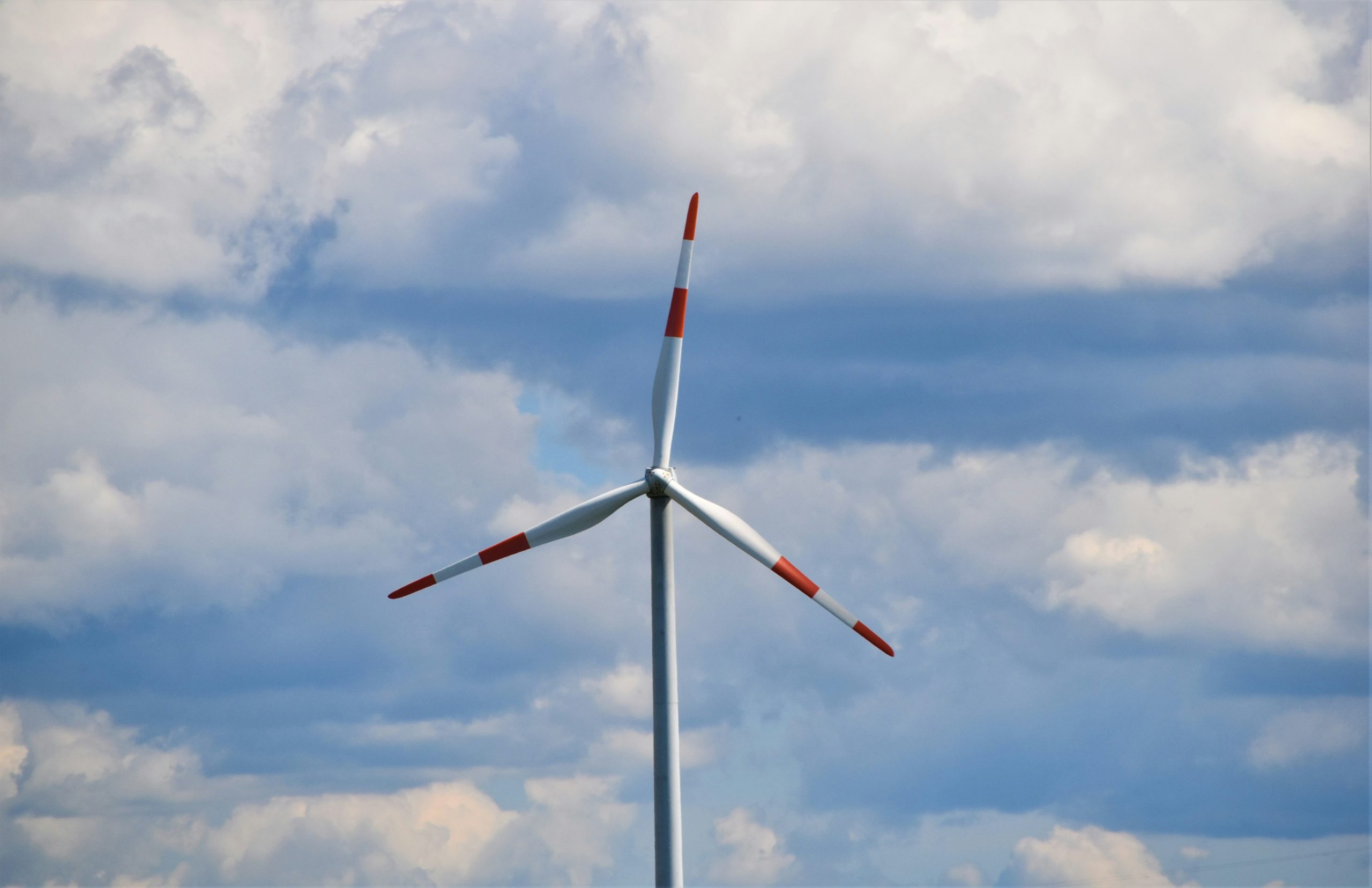In May, Finland’s Metsähallitus will begin seabed surveys as part of the environmental impact assessment (EIA) of the planned Korsnäs offshore wind farm. Analyses will take several weeks.
The study will determine what type of foundation is needed for the wind turbines and which routes are appropriate for laying the transmission cable.
– The goal is to avoid underwater slopes, cliffs and rocks. Probing will help assess dredging and cable routing needs. We look for areas that require the least amount of modification to minimize environmental and fisheries impacts. Sonar surveys will also help avoid areas such as fish spawning grounds. It was at the request of the fishermen that one more survey line was introduced, says Antti Lindfors, an expert from Luode Oy, the company responsible for sounding.
At a later date, sediment samples will be collected from this area and benthic organisms such as clams, crustaceans and polychaetes will be surveyed. In addition, the impact of the project on underwater noise will be investigated.
Seabed probing is also important for recording any archaeological finds, such as wrecks or other ancient structures. If the surveys reveal new archaeological discoveries, they will be reported to the National Monuments Board, which maintains a register of historic sites and protects underwater cultural heritage, Metsähallitus reports.
Spring is a good time to probe the seabed because there is higher pressure and the sea is calmer. There are also fewer recreational boats in the Baltic Sea.
















